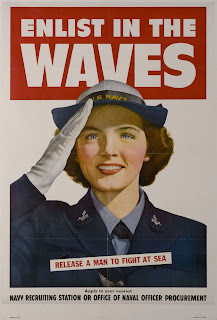Guest Post by Joan Skilbred![]()
What are the odds of someone from Fairbanks, Alaska making a reproduction period dress, only to discover the original had also been purchased and was on display in Fairbanks too?
In January 2013, I was looking for a 1900-1910 dress to make for my daughter to wear during Gold Rush days in Valdez, Alaska, which occurs in August every year. I was looking for an attractive dress to copy that would give me some insights into construction methods and pattern drafting skills from that fashion era. After looking online at a great number of these dresses, one in particular caught my eye. It was a sunny yellow, and when I saw it, I knew it was the right dress for my daughter with her upbeat and sunny personality.
I began working on the pattern, first making a couple of test patterns and trying them out with a cheap muslin fabric until I had one that I liked. I then calculated the fabric and notions needed to make the dress and looked over my budget. It was a challenge to put the whole look together for under $200.00, but I did it by careful shopping over a period of 2 months.
I took advantage of store discount coupons and online discounts as much as I could. It was also difficult to match the exact dress as the print used in the original blouse is not made anymore, and the Chantilly lace featured on the original would have put me way over my budget. I had to make a decision to go with a nice ecru swiss dot silk charmeuse for the blouse and swap the colors on some of the original blouse colors from white to yellow to get a balanced look on the finished dress.
Finally, in late June all the materials had arrived and the pattern drafting was done. At last I could make the beautiful yellow dress! I started with the skirt and found it to be surprisingly easy to put together. Even sewing all those yards of black velvet ribbon went quickly and before two evenings were up, the skirt was finished! There was a glitch in the way one of the ruffles on the skirt was hanging but I wanted to finish the rest of the dress before I would go back to address that issue in case I ran short of time.
About the time the skirt was done, I received a phone call from the Pioneers of Alaska asking me if I would be the guest speaker at the
Pedro Monument Rededication ceremony in mid-July. I was thrilled to be asked to do this and decided that I would finish the dress a little sooner, and wear it to the ceremony which is part of Fairbanks’s Annual Golden Days celebration. My daughter would have to wait to wear it until next year.
The next part to be made was the petticoat. One would think that would be an easy item to make, but it turned out to be very time consuming and difficult to gather all those miles of ruffles. I went online to look for an easier answer and found that using a ruffler attachment for the sewing machine would be the best bet. So after shelling out $60.00 for the attachment, I had all the ruffles gathered and sewn onto the petticoat in less than two hours. It was the best $60.00 spent on a sewing attachment ever! Finally the petticoat was finished in less than two nights of work thanks to that ruffler. I also discovered that the petticoat is worn with the ruffles to the outside.
Next came a delay, because I had underestimated the yardage on some of the fabrics, especially the velvet ribbon. I had to wait for the rest of the supplies to arrive in the mail before I could sew up the blouse which I made in two more evenings worth of work. I had also ordered a hat and needed to add some yellow embellishments to it so it would tie in with the look of the dress.
When finished, it took 6 evenings of work, 12 yards of yellow for the skirt, 45 yards of velvet ribbon, and 10 yards of gold fabric for the petticoat ruffles. It was a lot of work to look fashionable in 1906!
All this time I had only the photos from an online auction site that was selling the yellow dress to go by for creating my version of the dress. Working from just a few photos that only showed the dress on a mannequin was a real challenge, and I had to guess as to how many things were done to make the original.
![]() |
Joan Skilbred models her reproduction dress with the original dress
at the Fountainhead Antique Auto Museum in Fairbanks, Alaska. |
Imagine my surprise when I walked into the Fountainhead Antique Auto Museum at Wedgewood Resort here in Fairbanks, and seeing the original dress on display in the museum! I could not believe my eyes, but there it was the original yellow dress right there in front of me! In my excitement I quickly told Nancy DeWitt the historian at the museum that I had made that dress. She looked at me with amazement and said no, that she was sure it was an original. I again said that I had made that dress and she insisted that would be impossible. So I took out my cell phone and showed her a photo of me wearing my dress at the presentation I did and then we both started to laugh. Before she could say or do anything, I handed my phone to her as I hopped over the rope and had her take a photograph of me with the dress so I could send it to my daughter.
![]() |
Asyou can see the back of the dress is a lot looser in the fit.
This was necessary because it had to be worn outside with other
clothing underneath if the weather was chilly. The added room
in the back affords much more flexibility for the wearer. |
The next day at the request of the museum staff, I did my hair up in an old time hairstyle and donned my dress for a photo session featuring the two dresses together. There are a few small differences, but the overall look is a pretty good match. When I wore my dress at the Pedro Monument Rededication Ceremony, the audience was very impressed. An audible gasp escaped the lips of many members of the audience when I walked up wearing my recreation of the fabulous golden dress. All the hard work to recreate this stunning ensemble was worth every bit of the effort I put into it. I learned a lot recreating this dress from the past and hope to work on another spectacular reproduction for next year! I think I will make it a point to stroll through the Antique Car Museum for some inspiration before I begin work on the next one.
Joan Skilbred is a professional seamstress and Alaska history buff who resides in Fairbanks Alaska. Her main trade is manufacturing outdoor clothing and gear This was her first attempt at historic costume reproduction. We think she did an AMAZING job!






















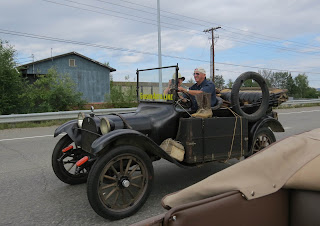

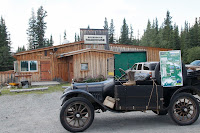

















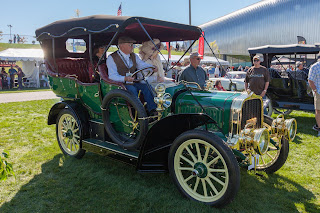.jpg)
.jpg)






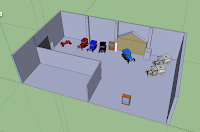
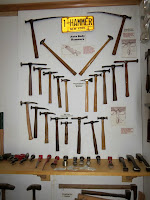



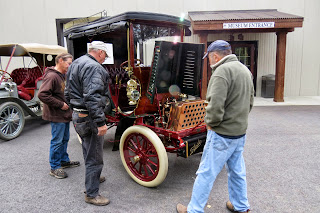
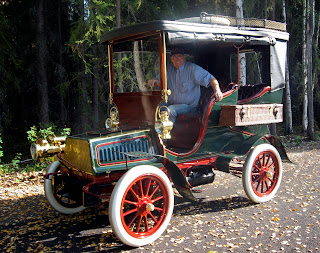
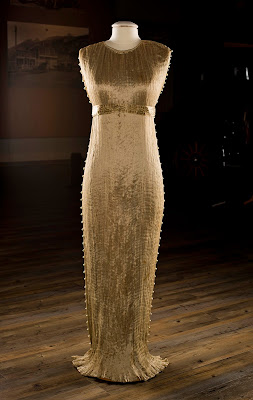









.jpg)





